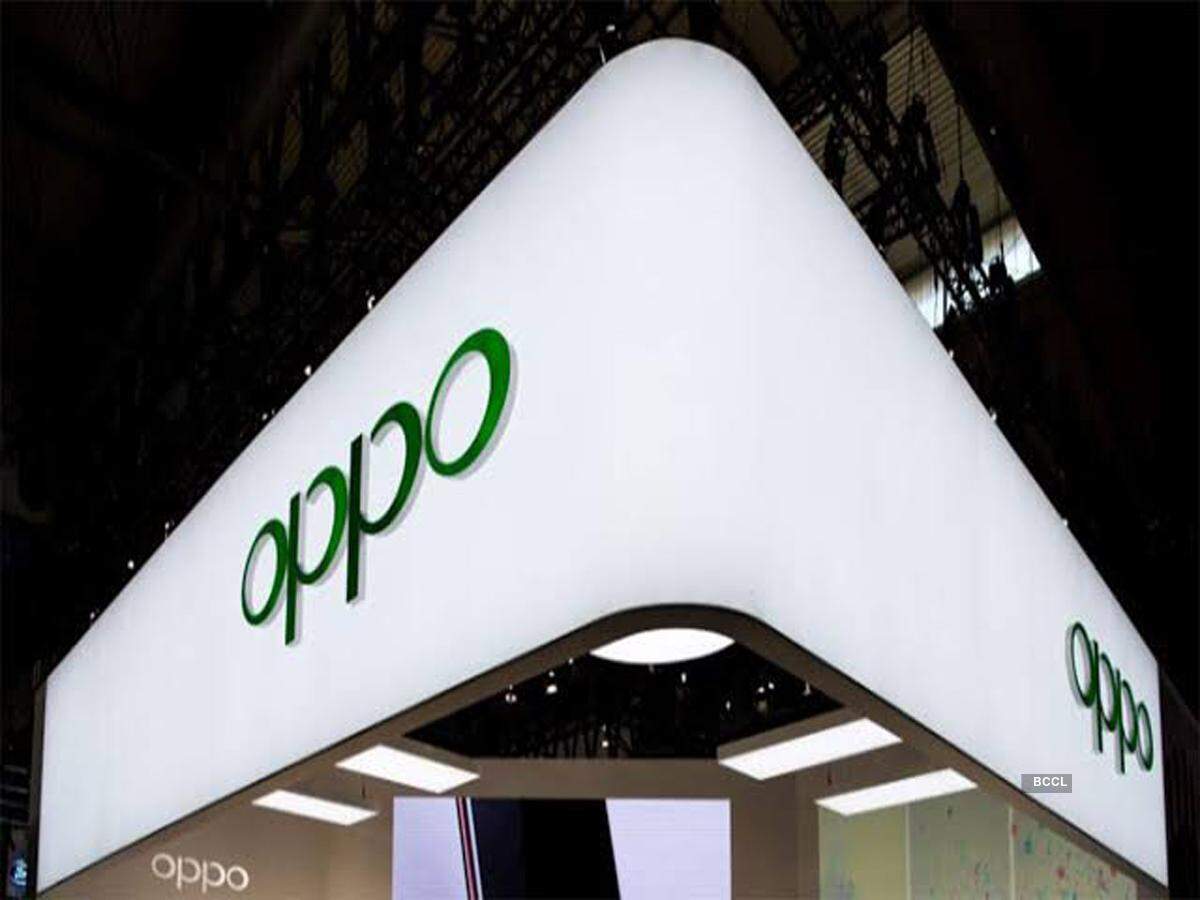Loans against gold jewellery seem to have become a veritable gold mine for banks, going by the rapid growth in their portfolio in FY21.
This is underscored by the fact that the portfolio of banks swelled 81.6 per cent year-on-year (y-o-y) to ₹60,464 crore as on March 26, 2021, against ₹33,303 crore as on March 27, 2020, as per Reserve Bank of India (RBI) data.
One can liken the growth in banks’ loans against gold jewellery portfolio to gold rush.
The portfolio clocked 33.9 per cent y-o-y growth as on March 27, 2020, over the March 29, 2019, outstanding figure of ₹24,866 crore.
These numbers are based on the Reserve Bank of India’s data on bank credit collected from select 33 scheduled commercial banks (SCBs), which account for about 90 per cent of the total non-food credit deployed by all SCBs.
A Covid-positive
The demand for gold loans surged after the outbreak of the pandemic in March 2020 as the economy reeled under its impact, leading to job losses, salary cuts, and mounting emergency health expenses.
Small businesses used these loans, post the six-month Covid-related moratorium period, to either ensure continued operations or re-start operations that had to be shut down temporarily due to lockdowns.
These loans have helped individuals and small businesses keep their head above water during these stressful times.
Moreover, the RBI, too, played its part by liberalising rules, which saw banks double down on the gold loan portfolio.
To mitigate the economic impact of the pandemic on households, entrepreneurs and small businesses, the central bank, in August 2020, increased the Loan To Value (LTV: loan amount to asset value ratio) for loans against the pledge of gold ornaments and jewellery for non-agricultural purposes from 75 per cent to 90 per cent till March 31, 2021.
Elevated gold price
With a higher LTV and elevated gold price, borrowers could get more loan per gram of gold pledged.
Competitive interest rate was the icing on the cake, with public sector banks such as Bank of Maharashtra and State Bank of India charging 7.35 per cent and 7.50 per cent, respectively.
The aforementioned factors aided banks in making deeper inroads into a business segment, traditionally dominated by gold loan companies such as Muthoot Finance and Manappuram Finance.
For example, in FY21, State Bank of India’s portfolio of general purpose personal loan against pledge of gold ornaments soared 465 per cent year-to-date (y-t-d) to ₹20,987 crore as on March 31, 2021, from ₹3,715 crore in the beginning of the financial year.
Bank of Maharashtra’s retail gold loan portfolio grew about 11 times in FY21 to about ₹1,370 crore.
Bank of Baroda’s retail gold loan portfolio more than doubled from ₹436 crore as on March 31, 2020, to ₹1,101 crore as on March 31, 2021.
The overall gold loan advances of Federal Bank and CSB Bank shot up 70 per cent y-o-y (to ₹15,816 crore) and 61 per cent y-o-y (₹6,131 crore), respectively, in FY21. However, details of growth in retail gold loans were not readily available.
Immediate liquidity
AS Rajeev, MD and CEO, Bank of Maharashtra (BoM), observed that the full potential of gold loans was not explored by his bank in the past. So, the Bank revamped the gold loan scheme to make it more convenient, competitive and customer-friendly.
“Considering the testing times, when many of the individuals and small businesses were cash starved, gold loan was instrumental in providing immediate liquidity.
“Our (overall) gold loan portfolio rose (about 7 times in FY21) to ₹1,939 crore by March-end 2021, and it stands at more than ₹2,100 crore as on date,” he said. Rajeev added BoM’s portfolio is expected to grow to ₹5,000 crore by the end of this fiscal.
C VR Rajendran, MD and CEO, CSB Bank, in a recent earnings call, emphasised that a major chunk of his bank’s incremental advances in FY21 came from gold loans. About 76 per cent of the advance growth was contributed by growth in gold loans.
“Last time our gold loan growth was so good because NBFCs were not at all active in the field. Once the customer comes out of NBFC and comes to a bank, he will not go back to the NBFC because the value proposition in a bank is better, the rates are very good.
“So, whatever we gained during that period, we will retain. Probably this pandemic will also help us acquire more new clients from the higher interest segment which should be good for us. It is a good value proposition for the borrower; it’s a win-win situation,” said Rajendran.
Zero capital requirement
Given that gold loan is fully secured, has less default risk and zero capital charge, it is an attractive product for lenders.
Banking expert V Viswanathan noted that as gold is an eligible cash collateral, there is zero capital requirement for loans against gold ornaments and jewellery. Further, as these loans are fully secured, they can be recovered (without court intervention) through auction.
He suggested that banks should consider introducing a ‘simple cash flow statement’ for one year to determine the repayment period and affordable Equated Monthly Instalments (EMIs). If inflows are low, they should sanction gold loan with interest repayment only and renew principal annually.
Viswanathan said borrowers can overcome liquidity mismatches via gold loans at low interest rates. There is no need to follow-up for getting loans. Further, there is no pressure to find money to pay as gold covers the loan.
In FY22 so far, growth in loans against gold jewellery relatively slowed down to 33.8 per cent y-o-y as on May 21, 2021, against 86.3 per cent y-o-y as on May 22, 2020.
Given the spectacular growth in the loans against gold jewellery portfolio in FY21, it remains to be seen if bankers continue to have the Midas touch with the portfolio in FY22, too.

